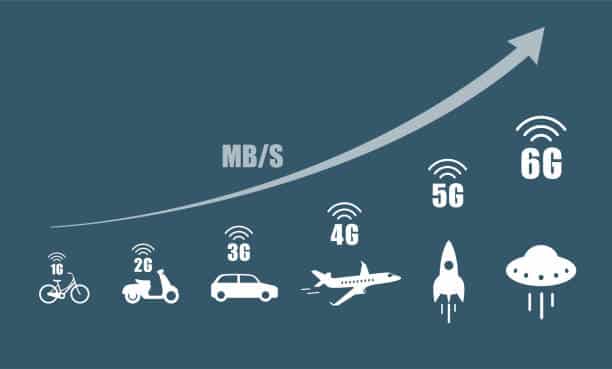The fifth generation networks, as their name indicates, are the fifth generation of cellular wireless communication networks, and they are the successor to the fourth generation 4G LTE networks that are currently deployed in most countries of the world and our Arab countries, and simply there are two main types of fifth generation networks, which are mmWave and Sub 6 GHz, The first type is the fastest and most powerful type, and the second is the least developed but the most widespread today.
Smartphones – and similar devices – transmit voice and information during calls and connect to the Internet via electromagnetic radio waves, and each of the aforementioned networks depends on different frequencies, while the two technologies differ mainly in the speed of transferring that data along with other differences.
mmWave technology depends on and refers to the frequencies between 24 GHz and 40 GHz, and as the number shows, they are very high frequencies, and the height here reflects the leading speed and performance. Below 6 GHz, ranging from only 1 GHz for low frequencies all the way to 3.4 and 6 GHz for medium frequencies.

As long as mmWave technology is so excellent, why not adopt it?
Right, that’s an excellent question from you! (or me), mmWave networks are very fast, insanely fast, but they have a very serious flaw, which is that they are short range , which simply means that you only have to be within one block of a mmWave communication tower in order to pick up the network well, which means That this technology, in order to be applied in a city, requires thousands of towers, which is a very large cost, taking into account the obstacles that impede the passage of waves on the one hand, and health damage on the other hand, which no one cares about!
The limited reach of mmWave networks has made their use the preserve of scientific and research organizations (and certainly the military) along with some luxury places around the world as well as crowded places as well, and if you ask why, the answer is simply that 4G LTE networks slow terribly in case The presence of severe congestion, in contrast to mmWave networks, which bear a large number of users at the same time.




